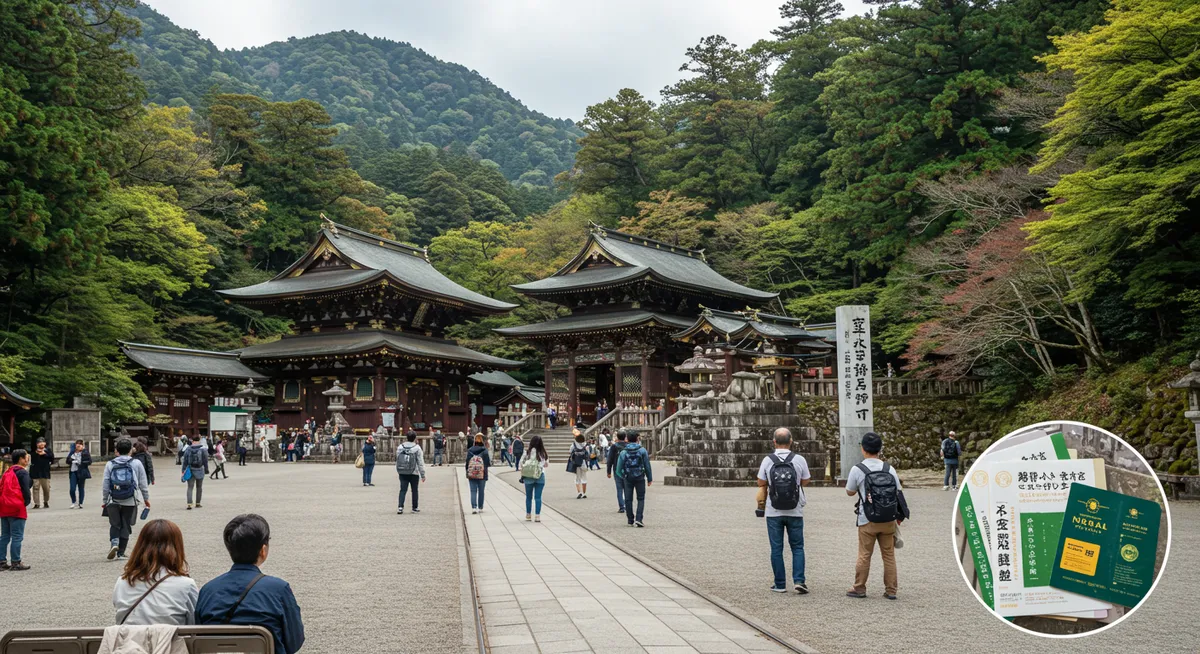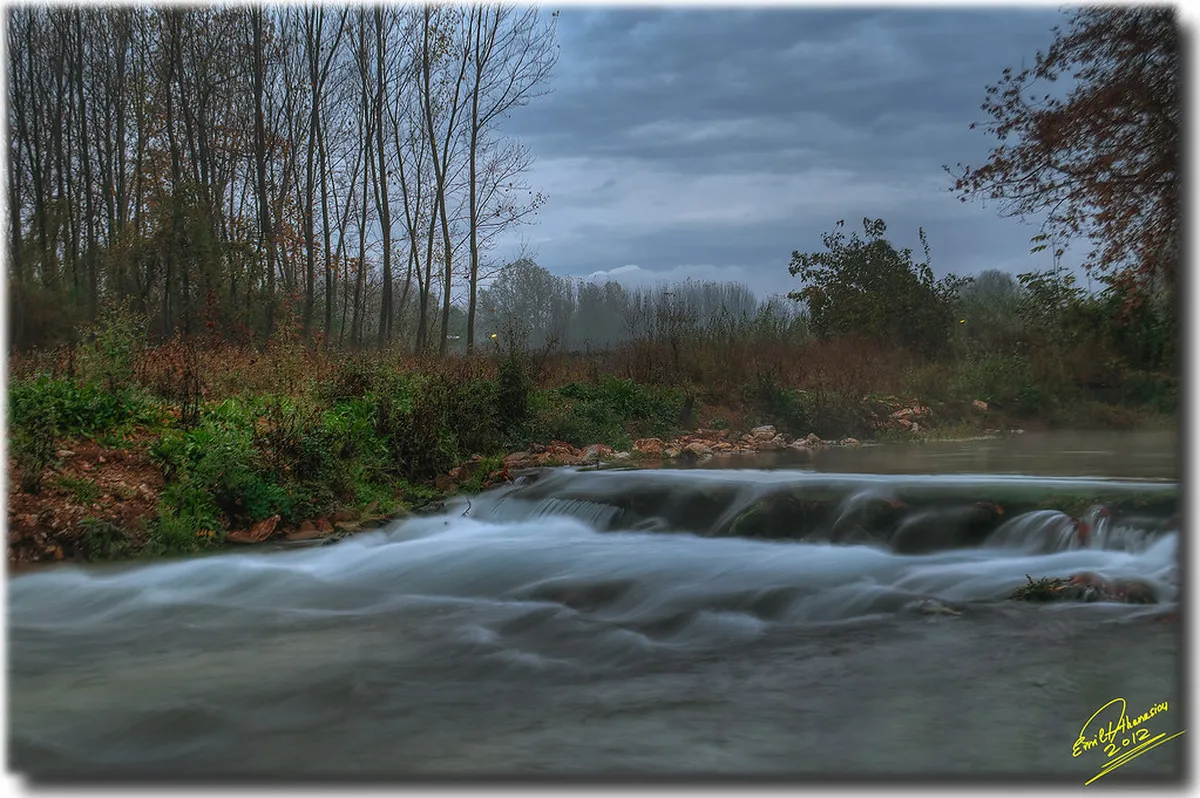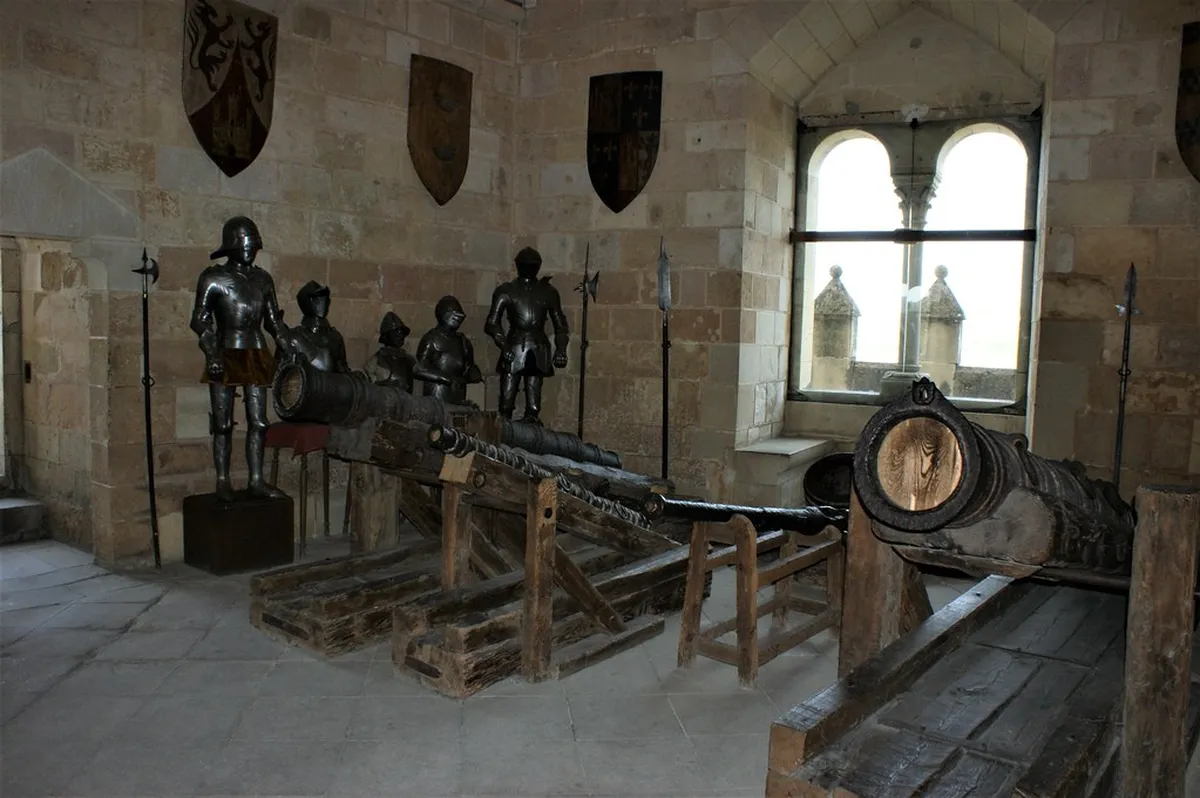Nikkō Travel Pass Review: An In-Depth Look
Having explored Nikkō multiple times, I understand the desire to maximize your trip while minimizing costs. One common question travelers ask is about the Nikkō travel pass. Is it truly a valuable investment, or are individual tickets a better option? This in-depth Nikkō travel pass review will guide you through its various offerings, benefits, and considerations. We'll delve into whether this pass can genuinely enhance your visit to Nikkō's stunning natural landscapes and UNESCO World Heritage sites, ensuring you make an informed decision for your upcoming adventure. Build your perfect itinerary with our Nikkō itinerary. Travel affordably with our Nikkō budget guide.
What is the Nikkō Travel Pass?
Plan this trip faster with our free online itinerary maker. Get a personalized day-by-day plan in minutes.
The Nikkō travel pass, primarily offered by Tobu Railway, provides convenient access to the region's main attractions and transportation. There are typically a few variations, most notably the All Nikkō Pass and the Nikko World Heritage Pass. The All Nikkō Pass is the most comprehensive, covering round-trip train travel from Tokyo's Asakusa Station, plus unlimited bus rides within designated Nikkō areas, including Lake Chuzenji and the Kinugawa Onsen area. It also grants discounted admission to certain attractions. In contrast, the World Heritage Pass focuses on the main shrines and temples closer to the station. Understanding these options is key to determining which pass, if any, aligns with your travel plans. Enhance your Nikkō experience with our Nikkō itinerary. Map out your exploration with our Nikkō itinerary.
Benefits of Using the Nikkō Pass
Opting for a Nikkō travel pass offers several advantages, mainly convenience and potential savings. Firstly, the pass streamlines your journey from Tokyo, eliminating the need to purchase multiple train and bus tickets. This simplicity is invaluable, especially for first-time visitors. Secondly, depending on your itinerary, the pass can indeed save you money. Unlimited bus rides in Nikkō are a major perk, as bus fares for popular routes like those to Lake Chuzenji or the UNESCO sites can accumulate quickly. From my own experience, not fumbling for change on every bus made exploring Nikkō's extensive attractions significantly more relaxed. Furthermore, some passes offer discounts on entry fees to popular spots, adding to their overall value. Enhance your Nikkō experience with our Nikkō itinerary.
Nikkō Pass Cost & Where to Buy
The cost of a Nikkō travel pass varies depending on the specific pass type and its validity period (e.g., 2-day or 4-day passes). For 2025, expect prices for the All Nikkō Pass to be around 4,740 JPY for 2 days, potentially rising slightly. These passes are primarily available for purchase at Tobu Tourist Information Centers in Asakusa Station, Tokyo, or Tobu-Nikkō Station. While it might seem expensive upfront, compare this to individual train fares from Tokyo and multiple bus rides within Nikkō. For example, a round-trip express train from Asakusa to Nikkō alone can cost over 2,800 JPY. My tip: always check current prices on the official Tobu Railway website before your trip to ensure the most accurate budgeting.
Is the Nikkō Pass Worth It for Your Trip?
Deciding if the Nikkō travel pass is worth it hinges on your planned activities and duration of stay. If your Nikkō itinerary includes exploring widely, venturing to Lake Chuzenji, Kinugawa Onsen, or numerous other scenic spots beyond the main shrines, then the All Nikkō Pass is often a smart investment. It particularly shines for those planning a multi-day visit, allowing ample time to explore without worrying about transportation costs. Conversely, if you're only planning a quick day trip focused solely on the main temples and shrines close to Tobu-Nikkō Station, individual tickets might be more cost-effective. For more in-depth planning, consider our Nikkō itinerary guide to help map out your visit effectively.
Maximizing Your Nikkō Pass Experience
To truly get the most out of your Nikkō travel pass, strategic planning is essential. Begin by researching the attractions you wish to visit and their locations. Many popular spots, including the famous Nikkō temples and shrines, are well-connected by the bus routes covered by the pass. I always recommend an early start, especially if you're visiting during peak seasons, to beat the crowds and maximize daylight hours. If you're wondering how to get to Nikkō from Tokyo efficiently, the Tobu Limited Express trains included in some passes are your best bet. Also, check for the best time to visit Nikkō in 2025 to align your trip with ideal weather or seasonal events.
Frequently Asked Questions
Which Nikkō Pass is best for me?
Can I use the Nikkō Pass for JR trains?
Is the Nikkō Pass available for purchase online?
In conclusion, the Nikkō travel pass can be an excellent investment for travelers seeking convenience and potential savings, especially those planning to delve deep into Nikkō's diverse attractions over several days. While not universally essential for every type of trip, its value truly shines for comprehensive explorations, covering transportation and offering discounts. Consider your itinerary carefully and weigh the benefits against individual ticket costs. Ultimately, a well-chosen Nikkō travel pass can significantly enhance your seamless journey through this breathtaking region of Japan. Happy travels!



